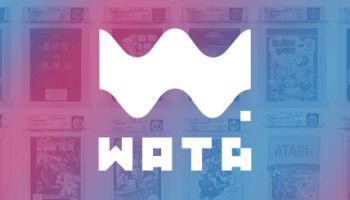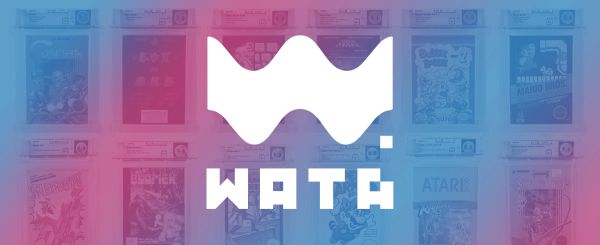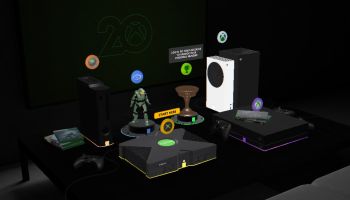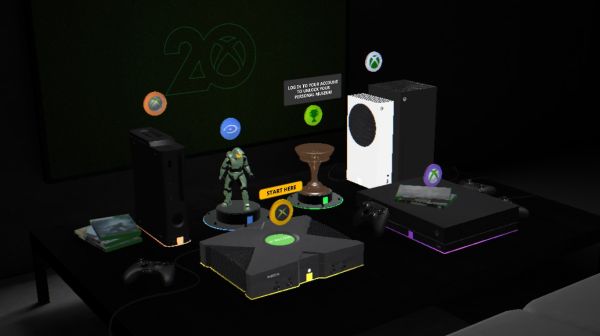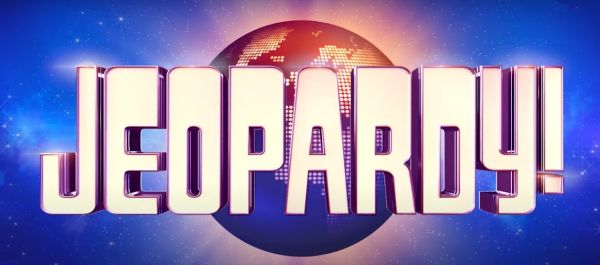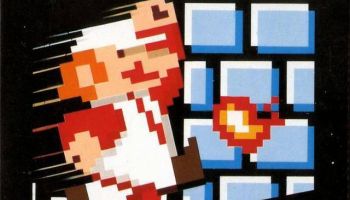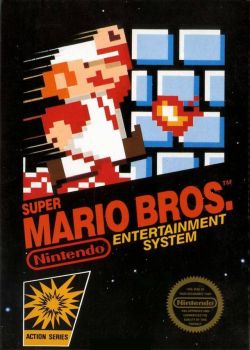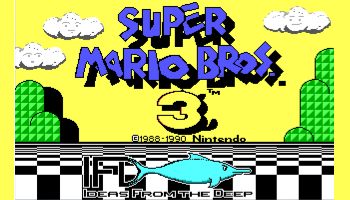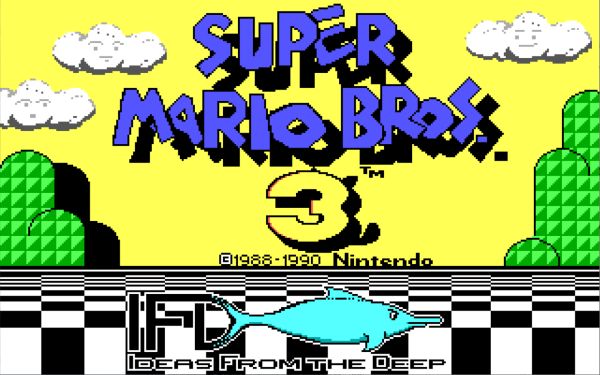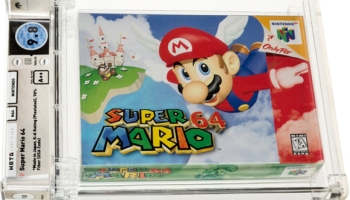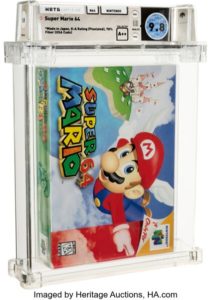It’s a great time to be a fan of GoldenEye 007. The famed first person shooter is celebrating its 25th anniversary this year, and even after being the subject of interactive retrospectives and the next release from Boss Fight Books, there’s still plenty to discuss about Rare’s brush with Bond.
GoldenEra, a new documentary about the game, is now available to stream throughout the United Kingdom via Google Play, iTunes, Prime Video, Rakuten TV, and Sky. Directed by Drew Roller, GoldenEra features new interviews with the development team (including David Doak, Grant Kirkhope, and Graeme Norgate), as well as Giant Bomb’s Dan Ryckert, IGN’s Peer Schneider, and a host of others:
GoldenEra tells the incredible inside story of the creation and legacy of GoldenEye 007, celebrating its 25th anniversary this year.
One of the greatest video games ever made, GoldenEye 007 was released for the Nintendo 64 in the summer of 1997 after two and a half years of grueling hours, missed deadlines, and an unwavering commitment to perfection. Developed in a farmhouse in Warwickshire by a small ragtag team of university graduates, most of whom had never worked on a game before, this iconic first-person shooter surpassed all expectations and went on to change gaming forever.
Told through interviews with the very people who created the revolutionary game, along with leading game journalists and industry professionals, GoldenEra captures an unmissable moment in the history of gaming.
GoldenEra will be available to stream throughout the rest of the world later in 2022. In the meantime, a teaser trailer for the documentary has been embedded above.
UPDATE (8/12/22): Collider is reporting that Cinedigm has acquired the North American distribution rights to GoldenEra. The documentary will be available through Digital and On Demand streaming services on August 23.

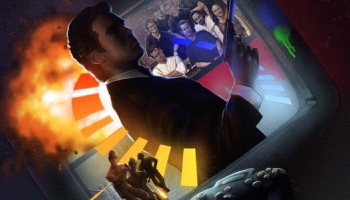
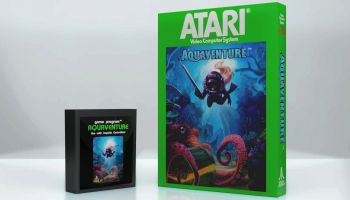
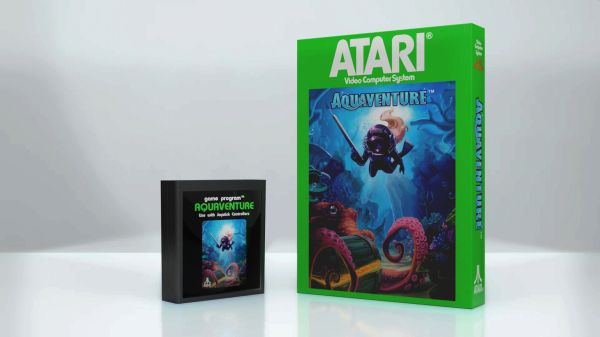
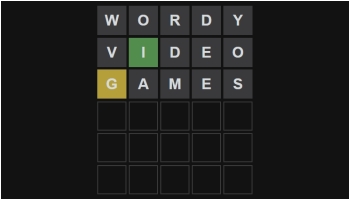
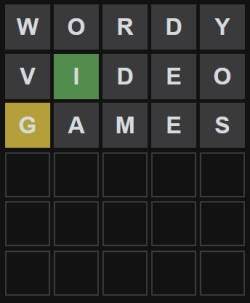 Every so often, a game comes along with a certain something that just completely captures the public’s fascination. It happened in 2006 with Wii Sports and its introduction of motion controls. It happened in 2007-2008 with Guitar Hero and Rock Band, a pair of games that seeded plastic instruments in living rooms across the world like some kind of Johnny B. Rockstar. It happened in 2016 with Pokemon Go, a game that encouraged players to go outside and explore the real world.
Every so often, a game comes along with a certain something that just completely captures the public’s fascination. It happened in 2006 with Wii Sports and its introduction of motion controls. It happened in 2007-2008 with Guitar Hero and Rock Band, a pair of games that seeded plastic instruments in living rooms across the world like some kind of Johnny B. Rockstar. It happened in 2016 with Pokemon Go, a game that encouraged players to go outside and explore the real world.